
Sustainability, one delicious bite at a time.
Latest Recipes
Fiddleheads are the first spring growth of the ostrich fern and along with ramps and morels, are one of the most recognizable early harbingers of spring! They have a vegetal, asparagus-like flavor and can be easily prepared for a burst of color and nutrition in stir frys or salads. Fiddleheads are a great introduction to foraging and enjoying wild foods!
Sometimes the only thing better than fresh bread is fresh bread you can make in an hour. Pair that with unctuous toppings, and you have a quick, fun, and satisfying dish for you or a crowd. These flatbreads come together in just over an hour from start to finish, and are the perfect hot, pillowy canvas for the fattiness of Labneh, the sweetness of honey, the complexity of za’atar, the brightness of fresh tomatoes, the umami of sun-dried tomatoes, and so much more!
Have you heard of “dessert hummus”? This controversial dessert is gaining steam across the country, and staff writer Jenna Bensko is here to break it all down! Explaining simply what it is, why it’s gaining popularity, where you might find out, its nutritional benefits, and how you can make it at home, Jenna covers it all!
Extra jam and a few vegan ingredients combine to make these scrumptious #UseItUp holiday cookies that are also a perfect tea cookie year-round.
In this quick guide, staff writer Lily Falk lets us in on her favorite post-workout recovery smoothies. Our body needs a plethora of nutrients immediately after activity, and Lily’s recipes break down how you can refuel your body and promote recovery in a way that’s not only intuitive but delicious too!
Everyone loves a cozy, hand-crafted beverage. We cherish the experience of curling up with a warm mug on the couch, under oodles of blankets. But what if you don't like coffee? Sadly, there are few options on cafe menus for an equally enjoyable warm cup of cozy, sans caffeine. Staff writer Kahlea Williams shares with us her favorite recipes for caffeine-free drinks that are hugely cozy without the inevitable caffeine-induced jitters?
Every year, more than 1 billion pounds of pumpkin get tossed out and left to rot in America’s landfills. Roasting their seeds can be one of the ways to #UseItUp during your Halloween festivities. Roasted pumpkin seeds are not only a great way to reduce food waste, but an absolutely delicious seasonal snack. Cooking up in just 20 minutes, I promise this will become just one more reason to look forward to this season!
Whether it’s the zingy bite of a banh mi style sandwich or a stand-alone side dish, an herby slaw is always welcome, and this recipe keeps it ultra-flexible so you can take your end of summer produce and #UseItUp!
This easy dessert is a great way to use up “tired” or imperfect fruit, and comes together quickly. While apple or pear is a classic, this crisp is fantastic to use up whatever fruit you have on hand during any season. It’s truly a go-to #UseItUp recipe in my arsenal.
Latest Articles
What are Michelin Stars? Is it a coincidence that they have the same name as the tire company? And what do they have to do with sustainability?
As you already know, in late February, Russia began an invasion of Ukraine that triggered the onset of an ongoing deadly war. All aspects of life in Ukraine have been affected by this war, and the country’s prolific food system has felt the pressure of a war-torn state as much as anything else. In this article we dive into these effects, and what you can do to help.
This weekend, I learned to make bagels. Afterward, sitting with my freshly baked, steaming bagel sandwich, I started to wonder how much I might have just saved, what a DIY approach may have bought me, and what non-monetary costs I might have taken on as a result of all of this.
Back in January, we rounded up a lot of the issues in food and agriculture policy that we thought were relevant, and we found it was a great way to gather our thoughts around food policy and make things a little more “digestible.” We did it in March, April, May, and July as well, and now we’re back with some spring updates.
Climate change might not be anything new, but it’s impacting our food system in new ways every day. Be it changes in the growing season, unexpected hiccups during harvest, issues with drought, or even the impact of nearby wildfires on the flavor of grapes, growers all over the world are seeing dramatic changes to conditions they’ve been able to rely on for centuries. I spoke with my friend, Richard, who works at a winery in central California, to get a better idea of how these changes are affecting growers, producers, and ultimately, the wine on our tables.
While the sparkly vision of the pastoral family farm still dominates greenwashed grocery stores and idyllic political ads, across the country farmers are in crisis. The average age of a farmer continues to climb, and many do not have family interested in joining the difficult profession. At the same time, a new generation of young farmers (including many women and POC farming experts) are eager to grow food for their communities and cultivate land, but find access to land and funds exceedingly difficult.
We are beyond the “one size fits all” approach in so many parts of our lives. Nutrition is no exception, and Jenna Bensko — Grounded Grub staff writer and our go-to nutrition expert — writes about the increasing number of companies that have engineered algorithms which can suggest the best dietary plan to lower your glucose response to a meal, or analyze the makeup of your individual microbiome and can make dietary recommendations that boost the health of your gut microbiota.
While the “carbon footprint” metric has been really valuable in communicating the impacts of actions on our environment to the general public, it also lacks the nuance that is required in decision-making around sustainable practices. Focusing on carbon is helpful for understanding how actions will effect global climate change, but we need a much more holistic approach to evaluating our impact if we hope to really understand the environmental, social, and economic impacts of our actions. When we focus too much on carbon, we risk losing focus on things like safe and clean water, food sovereignty, regional resilience to traumatic events, and other essential parts of how our food system interacts with our environment and people!
For one reason or another, we all sometimes stray from our personal status quo. But learning to balance our reality with our expectations can create a healthier, more sustainable relationship with sustainability.
Contributing writer, Xander Balwit, writes about the importance of bat pollination and all the other essential functions that bats serve in ecological and agricultural systems. Tequila, chocolate, bananas? All delicious results of bat pollination!

Supported by passionate contributors

Produced by Ben Ross & Hannah Fuller

Grounded Grub is committed to Anti-Racism
Check out our resource guide to antiracism in the food system, and support BIPOC leaders and organizations working to pave a just future.


Become a Supporter!
We are rolling out a Patreon! This platform is intended to allow individuals who would like to support Grounded Grub to do so in an easy way. The primary mission of this Patreon account is not only to fund the expenses of daily operations (website fees, email campaigns, etc.), but to allow us to compensate our incredible contributors for the time and energy they put into their work. Collaboration is at the core of what we do, and our contributors have and will continue to be our greatest asset.
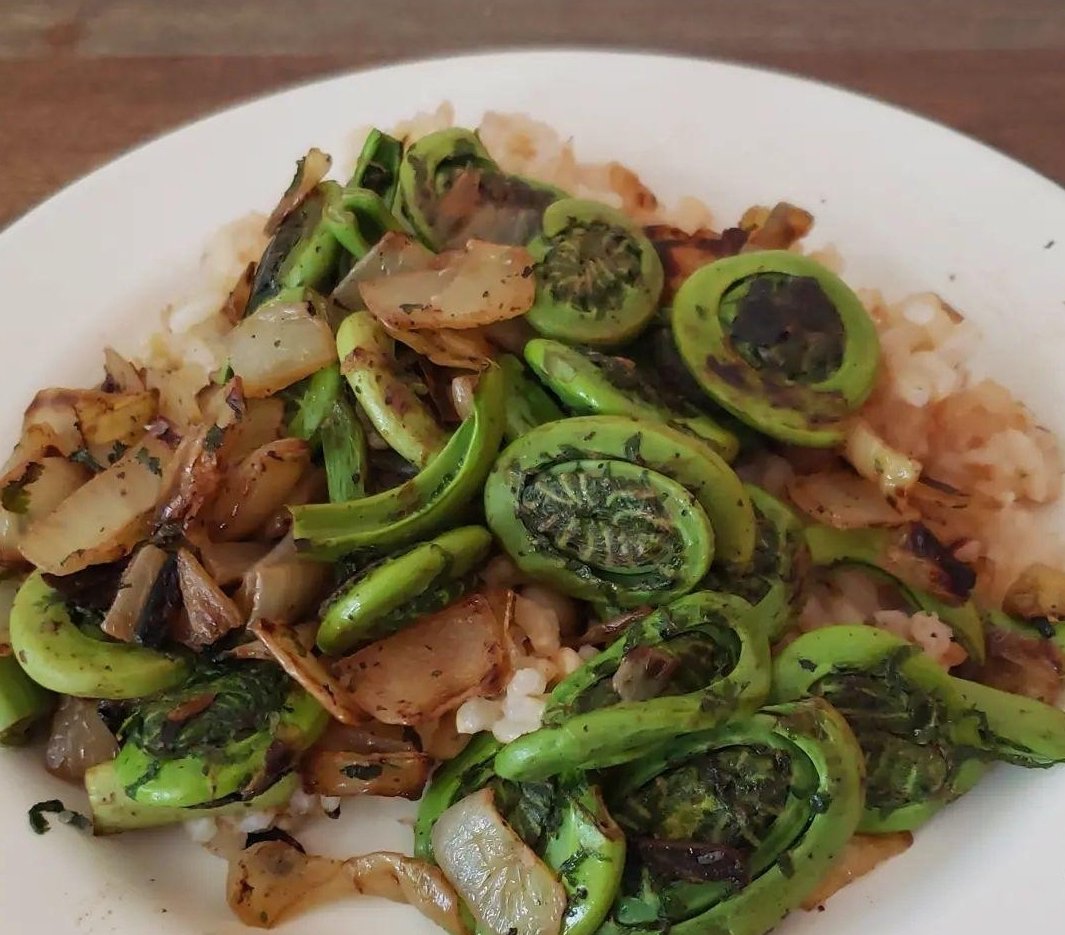





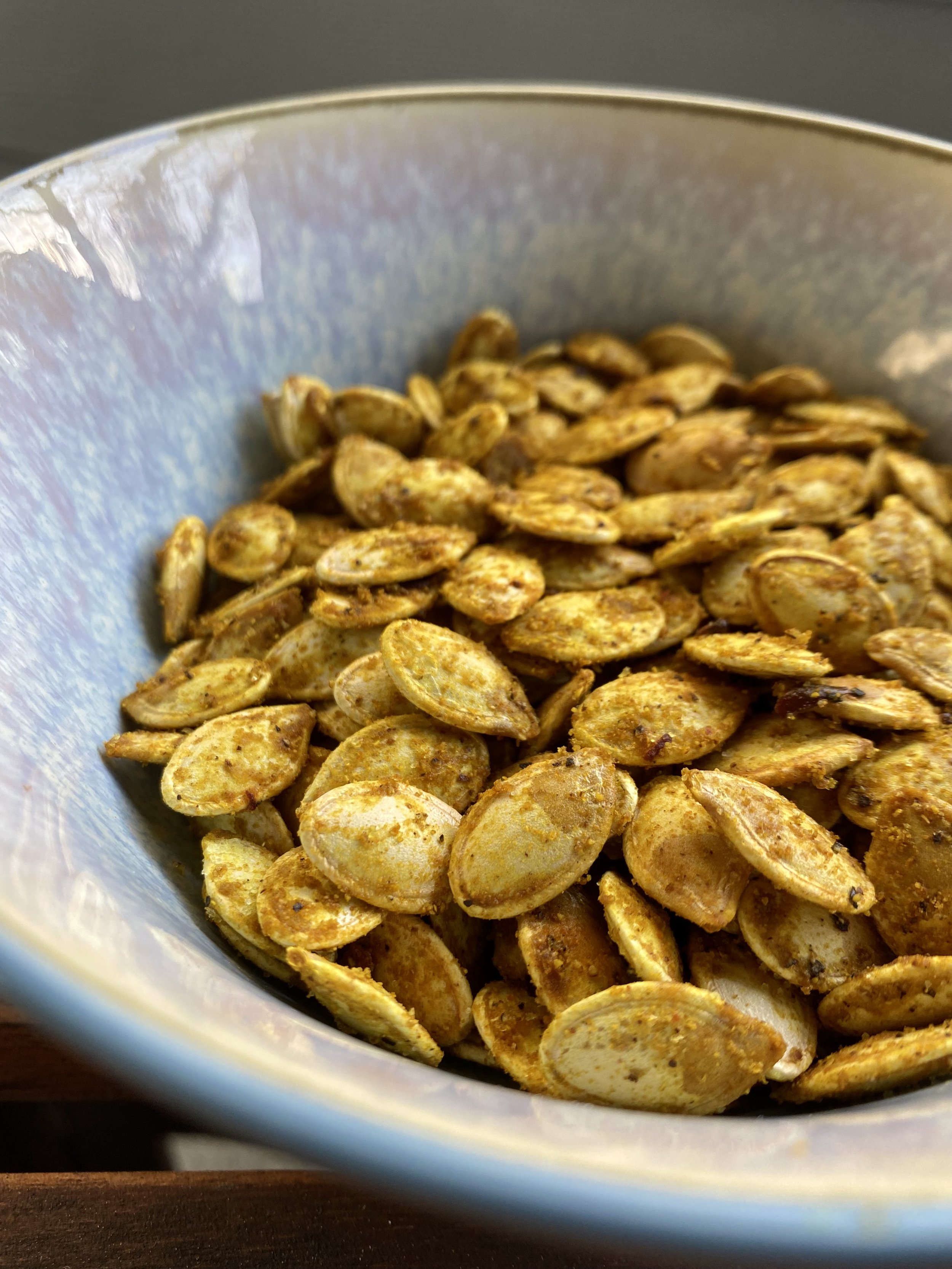





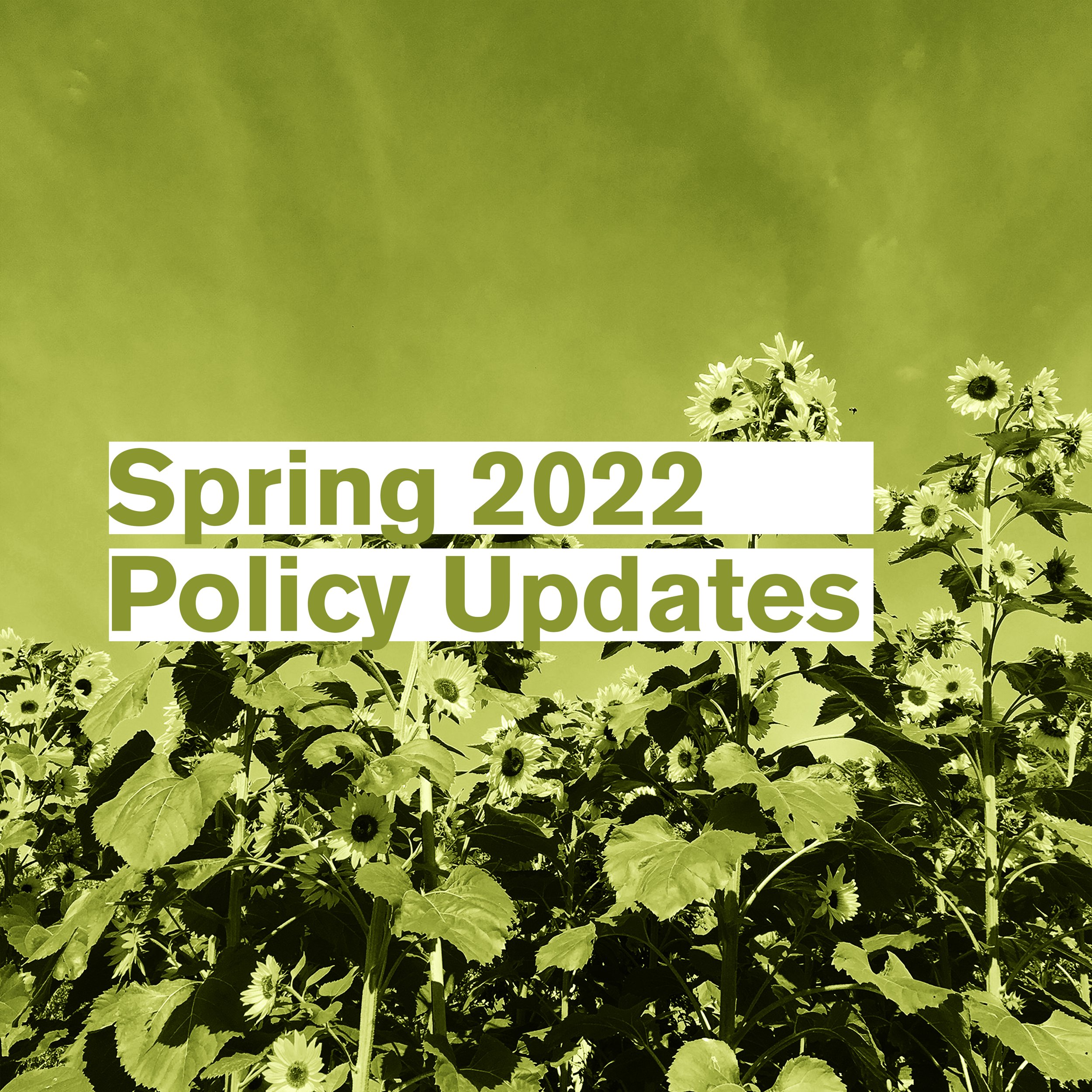

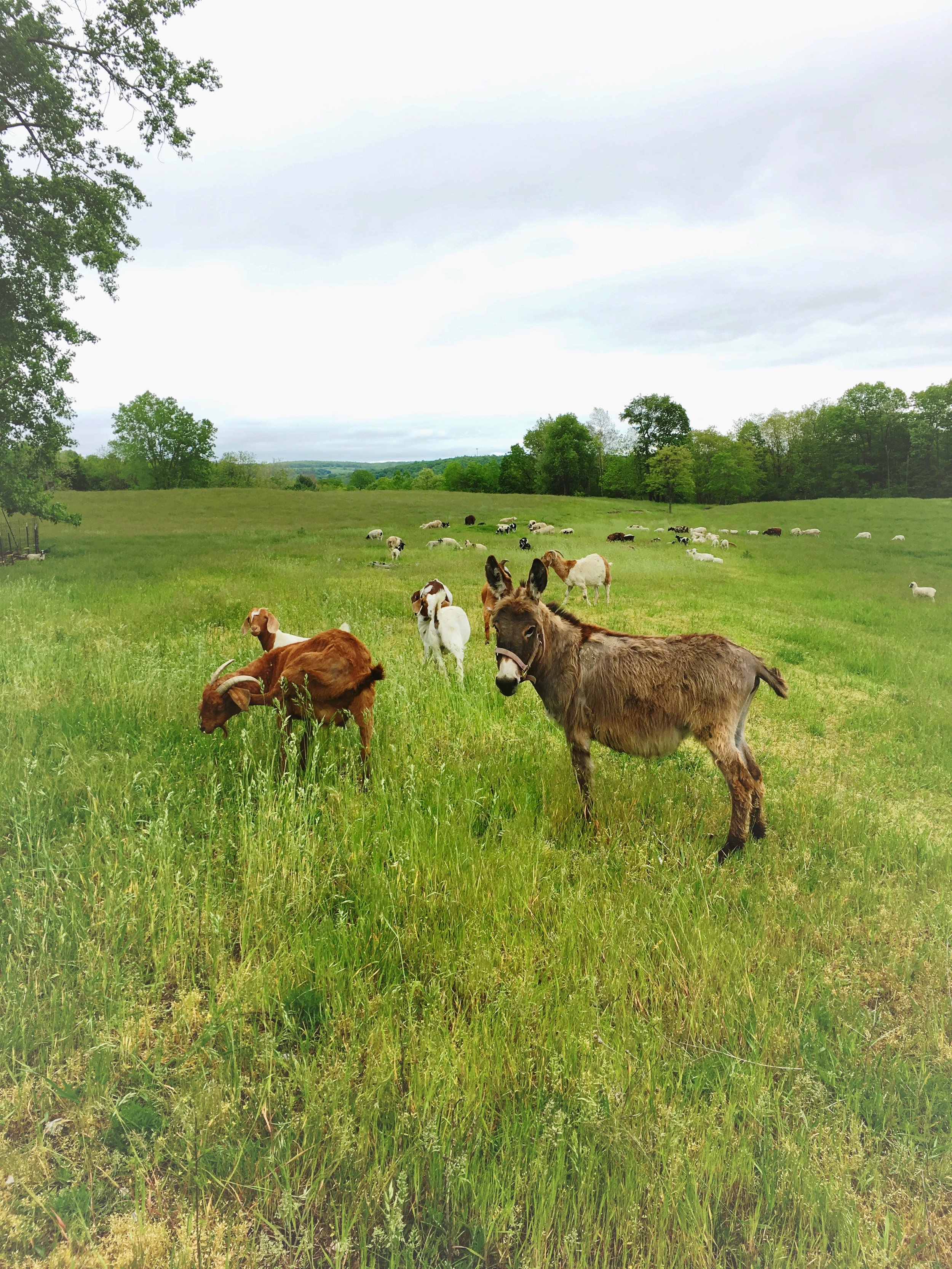
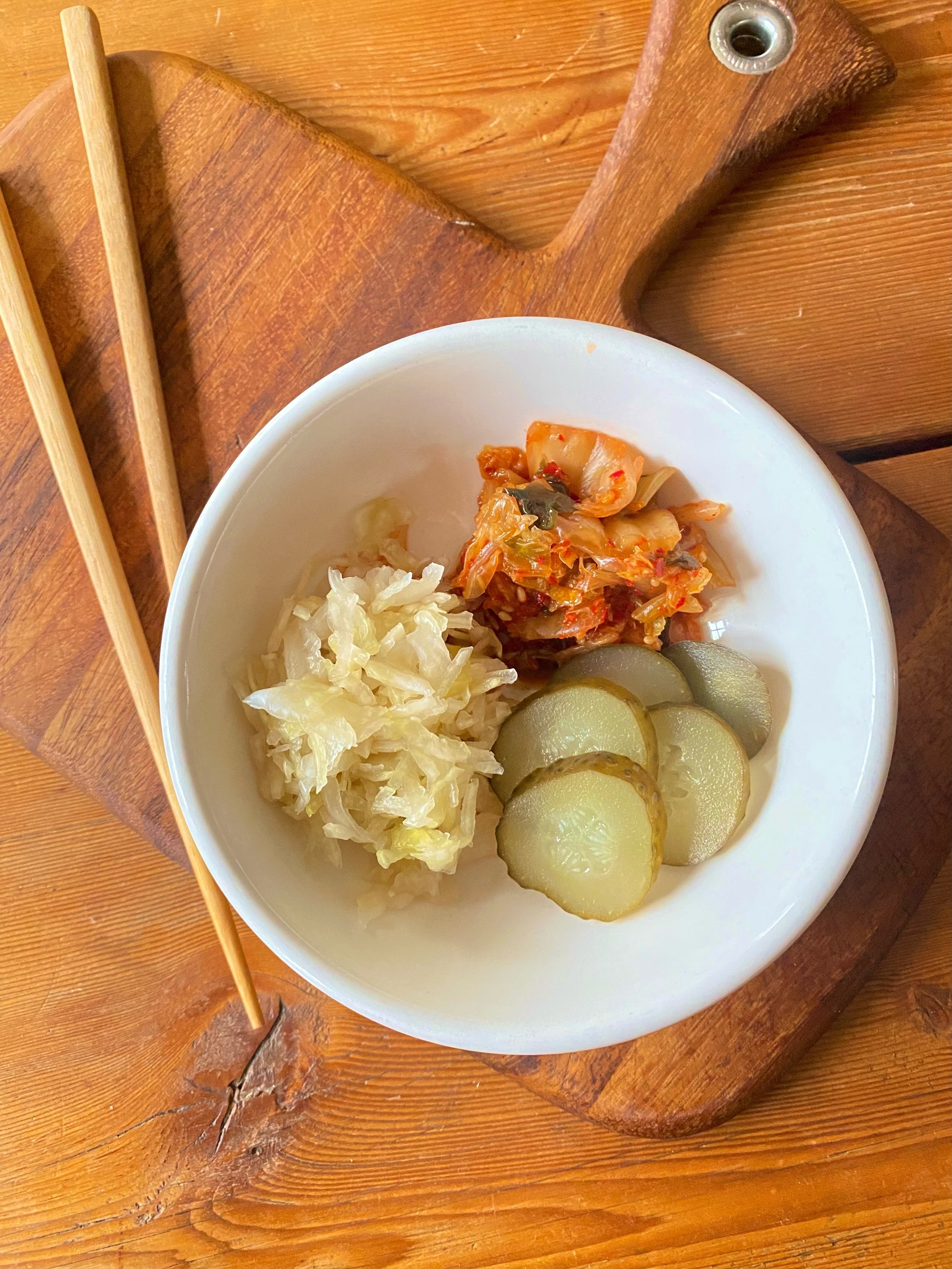
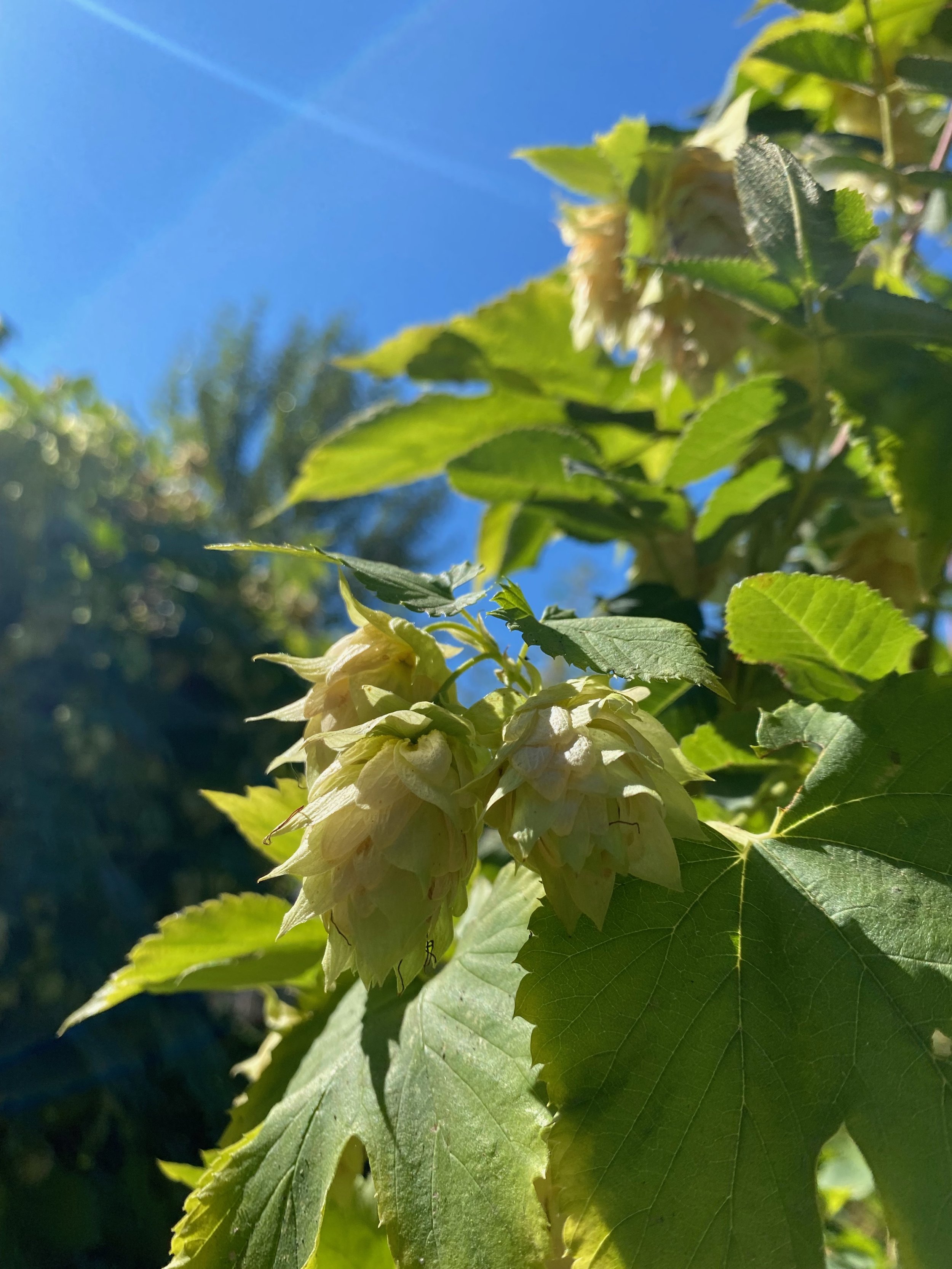


There are no bounds to the flavorful, creative, bold foods that have come from Louisiana Creole cuisine. One of the most loved, most commonly found, and most easily made, is the Po’ Boy. Traditionally these are filled with things like shrimp, chicken, boudin, or oysters, but today we bring you the oyster mushroom Po’ Boy. Fried crisp with a light breading, these crispy tender nuggets compliment this age-old sandwich SO well, and are perfect for vegetarians, vegans, and fungi-enthusiasts alike!